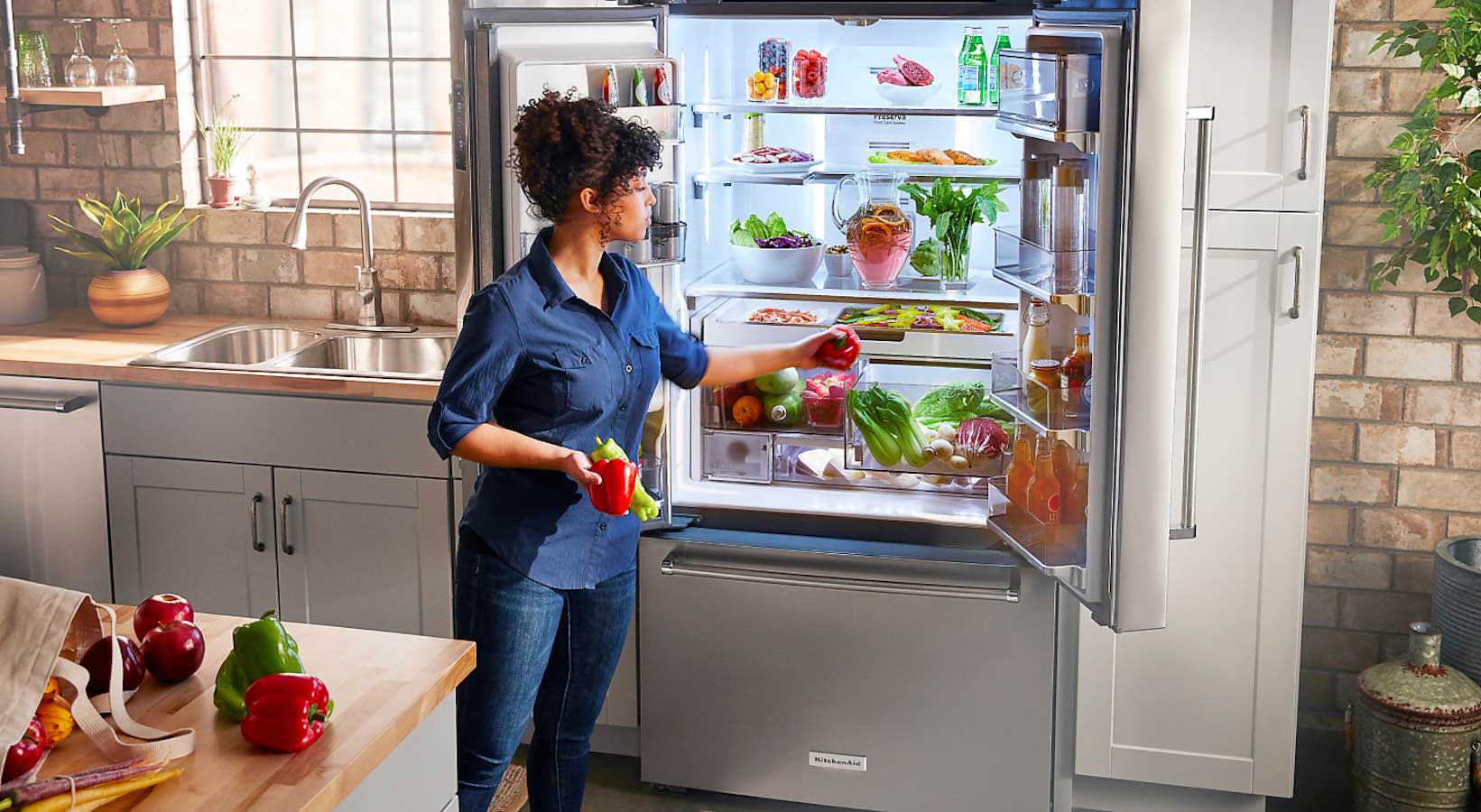
Have you ever opened the door to your fridge to search for something to eat and pulled something out from the back corner that was frozen solid? You’ve probably wondered why an appliance designed to keep your food cold would keep some cool-ish while others turn into a block of ice. The most important job your fridge and freezer performs is keeping your perishables fresh for longer. But to preserve your food for as long as possible, you need to do more than just throw it all inside and shut the door.
Here’s why your refrigerator temperature is so important, what the best spot to place different types of food really is, and what temperature your fridge and freezer should be set at.
What’s the ideal temperature to keep food fresh?
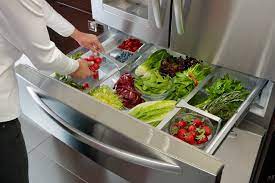
More than anything else, the most important reason to keep your fridge and freezer at the right temperature is to keep your food free from bacteria.
Health Canada has guidelines for slowing the growth of bacteria. They recommend you keep your fridge set to 4°C (40°F) or colder and your freezer at -18 °C (0 °F) or lower. At that temperature, bacteria growth can be slowed down. Anything higher than that and you enter the ‘danger zone’ of 4 °C (40 °F) to 60 °C (140 °F) where bacteria can explode.
The consensus from multiple sources online is that the best temperature range for your fridge and freezer is 35°F to 38°F for the fridge and -18°C (0°F) for the freezer.
What’s the best placement for food in a fridge and freezer?
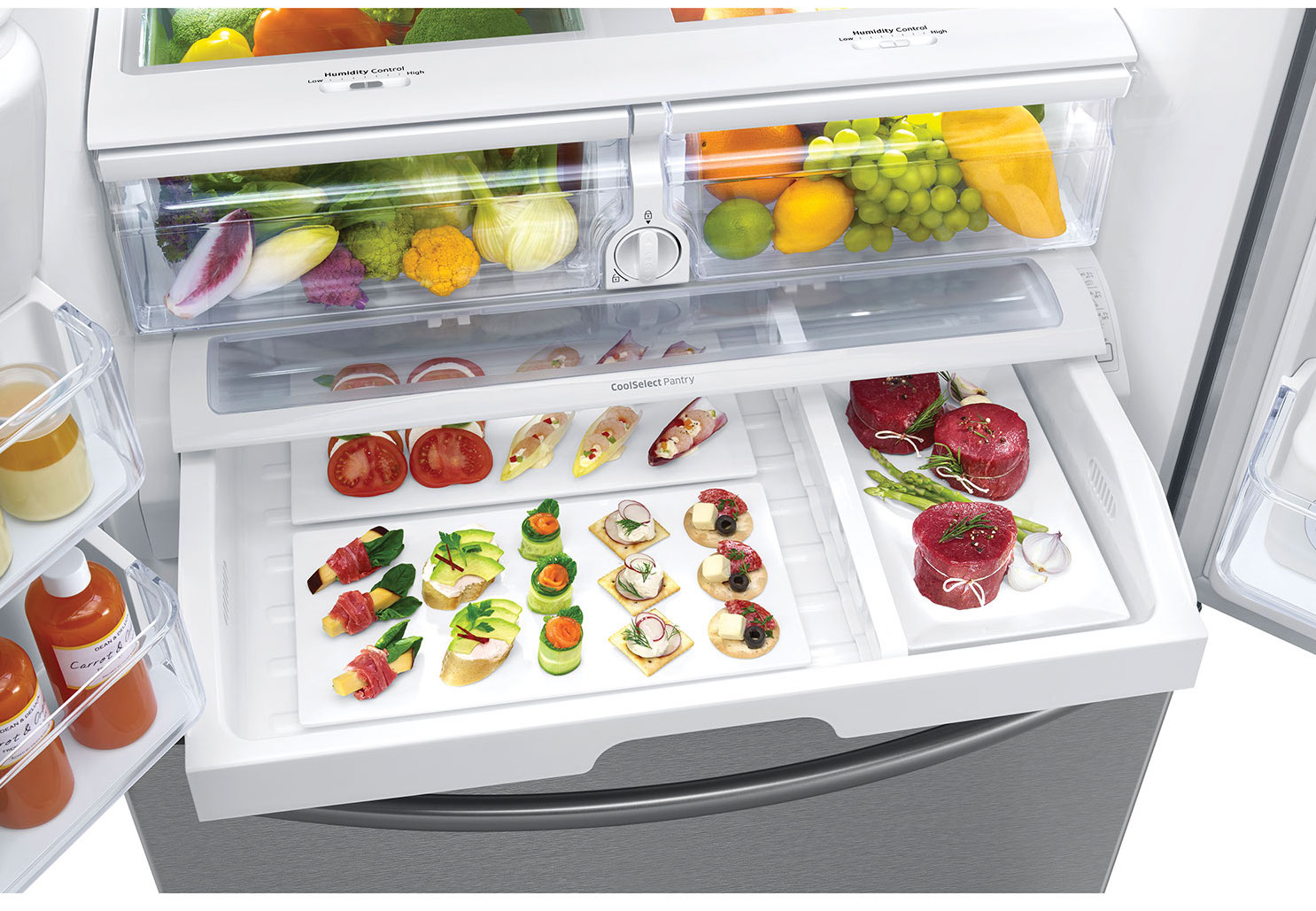
It’s a great feeling when your fridge and freezer are packed full of food. It means you don’t have to go shopping anytime soon and you have enough food to cook and eat. Having a full fridge also means it will be better at maintaining its temperature.
While a full fridge is better for keeping your food cold, putting too much food inside or putting your food in the wrong spot can virtually eliminate the airflow required for keeping everything consistently chilly. That’s why it’s so important to know the proper placement for food in a fridge or freezer.
What foods should be placed in the door of your fridge?
The door of your fridge is the warmest spot in the entire appliance. It’s not a great place to stash anything that’s highly perishable, and that includes foods like raw chicken, leftovers you want to eat again, and any dairy products. Even if your refrigerator has a handy egg compartment on the door, eggs do best when stored on an interior shelf.
Keep your condiments in the door of your fridge. BBQ sauce, jam, mustard, ketchup, and canned drinks all do well when placed in the door.
What foods should be placed on the upper shelves of your fridge?
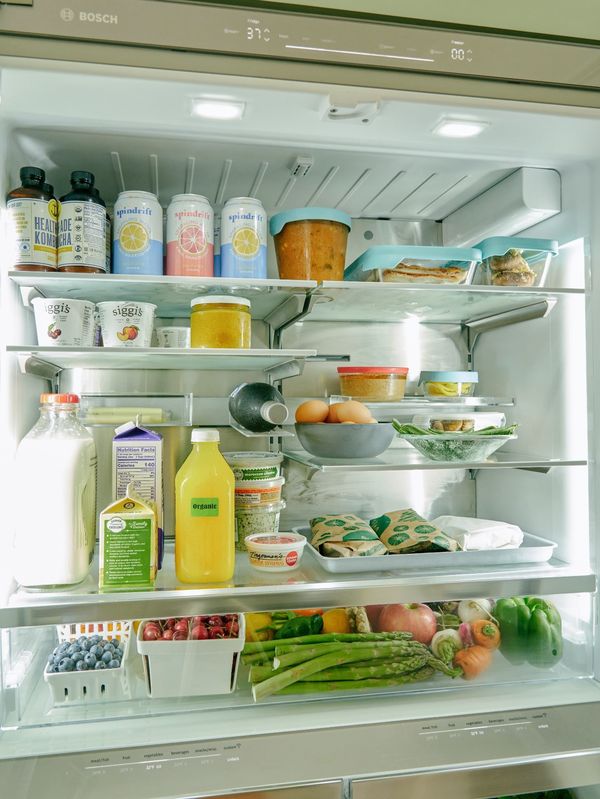
Your upper shelves tend to maintain their temperature the best, so this is the spot where you should store anything that doesn’t need to be cooked. This is where you put your milk jug, other dairy products like butter or yogurt, meats that are already pre-cooked, or other ready-to-eat foods.
What foods should be placed on the bottom shelf of your fridge?
While the top shelves maintain a better consistent temperature than anywhere else in your fridge, the bottom shelves are the coldest. This is the prime spot to store raw chicken or other meat, eggs, and seafood.
What foods should be placed in the crisper drawers of your fridge?
The crisper drawers are where you store fruits and vegetables. The key thing to keep in mind when placing these foods in the crisper drawers is that they should be kept separate. Some types of fruit emit ethylene gas, and that can make your vegetables go bad a lot faster than if they were in a separate compartment.
Types of fruit that emit ethylene gas include plums, bananas, nectarines, peaches, pears, tomatoes, and avocados.
Best practices for placing food in your freezer

Your freezer keeps food fresh by making sure it’s completely frozen. If you don’t store your food properly in the freezer, you could become a victim of freezer burn. Freezer burn essentially ruins your food, and anyone who has tried to eat a steak with freezer burn will tell you it tastes terrible.
You can avoid freezer burn by making sure all of your frozen food is stored in airtight containers. You should also let your fresh food completely cool before you freeze it. (Items purchased from frozen at the grocery store should, however, be placed immediately into the freezer.) Excess moisture in warm food tends to turn into ice crystals, and that can cause freezer burn.
How to set the temperature in your fridge and freezer
Because there are many different makes and models of refrigerators, the way you set the temperature in one fridge won’t be the same as the way you set it in another. French door refrigerators that open without opening the freezer will need to have the temperature set differently than a one-door refrigerator.
A good rule of thumb, if you aren’t sure how to use the temperature controls, is to check the manual. It contains best practices for your specific make and model.
5 tips for keeping food fresh in your refrigerator
- Keep your refrigerator door closed – Standing in front of your fridge wondering what to make for dinner causes your fridge to lose cold air, and then it has to start the cooling process all over again.
- Don’t put warm food in your fridge – It takes longer for your fridge to cool down foods that are warm or hot. Leave them on your counter until they cool off, and then put them in the refrigerator.
- Keep your eye on those “Keep Refrigerated” labels – If a food says ‘Keep Refrigerated’ right on the label, you should keep it inside your fridge whenever you aren’t using it.
- Eat your leftovers within a few days – Health Canada has a great list of storage guidelines for leftovers, but a good rule of thumb is to keep them no longer than two days.
- Once defrosted, consume asap – If you defrosted any type of food, you should try to eat it within two days.
Setting the right temperature for fridge and freezer
Following these guidelines for setting the temperature and best food placement in your fridge and freezer means you can minimize any food-borne health threats from eating spoiled foods. You also eliminate food waste, and that keeps money in your bank account by saving on your grocery bill.
Take a look at all of the refrigerators and freezers available right now at Best Buy.
Table of Contents
- What’s the ideal temperature to keep food fresh?
- What’s the best placement for food in a fridge and freezer?
- What foods should be placed in the door of your fridge?
- What foods should be placed on the upper shelves of your fridge?
- What foods should be placed on the bottom shelf of your fridge?
- What foods should be placed in the crisper drawers of your fridge?
- Best practices for placing food in your freezer
- How to set the temperature in your fridge and freezer
- 5 tips for keeping food fresh in your refrigerator
- Setting the right temperature for fridge and freezer







































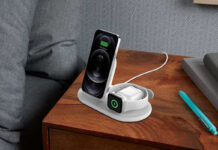

A lot of things have to be taken into consideration when thinking about setting the perfect temperature. For example, know what is inside the fridge and how much electricity can you afford,
Comments are closed.